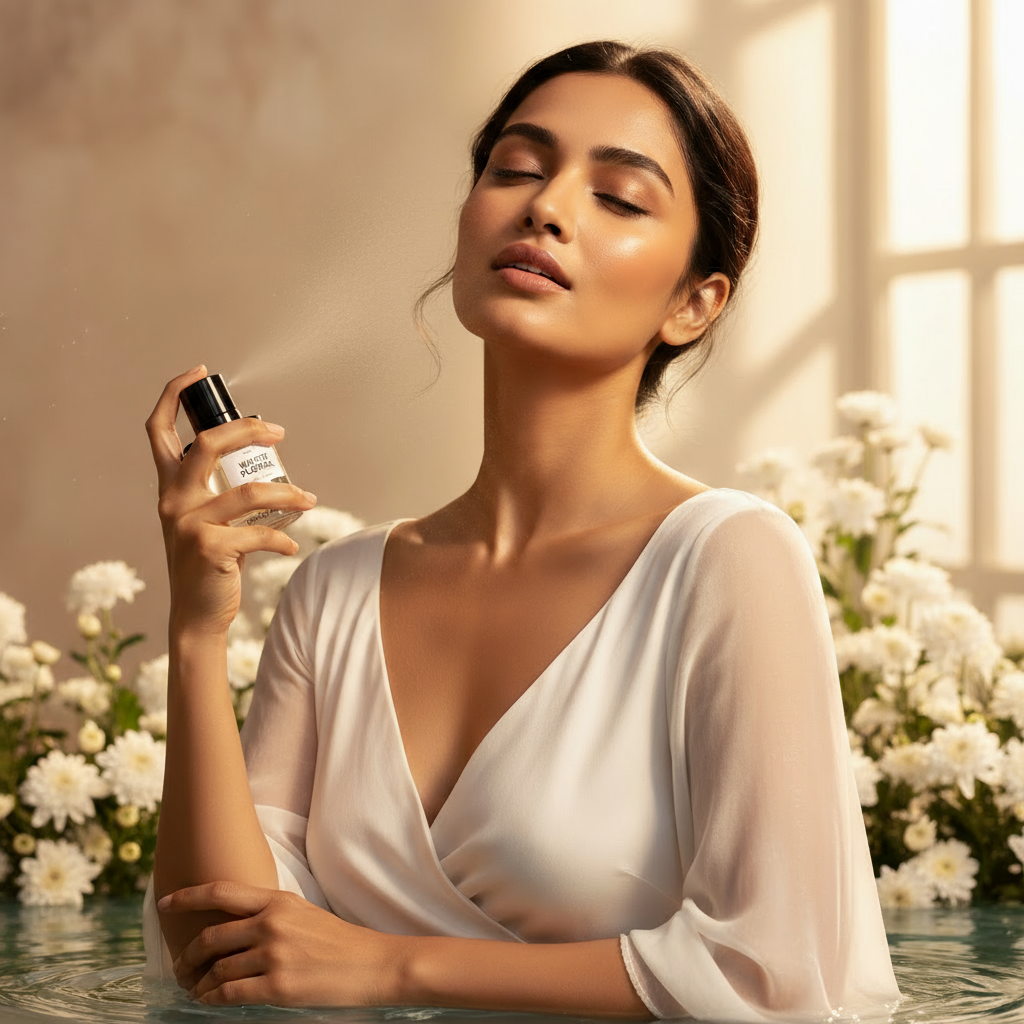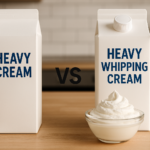When you spray a bottle of floral perfume, you’re doing more than simply wearing a fragrance—you’re draping yourself in petals, memories and style. Floral perfume is a fragrance family built around the scent of flowers, and it has stayed a beloved go-to through decades and across cultures. Whether it is a soft rose, a bold tuberose or a playful peony, floral scents connect deeply with how we feel, how we present ourselves and how we remember moments. Rooted in nature, yet refined by perfumers, floral perfume combines artistry, tradition and personal expression in one elegant bottle.
The Essence of Floral Perfume
At its heart, floral perfume is defined by its dominant flower-based notes. What makes a perfume “floral” is the clear presence of blossoms (real or recreated) in the scent profile. These might include rose, jasmine, lily, orange blossom or many others. Unlike purely fresh, citrus or woody fragrances, a floral perfume highlights the character of one or more flowers.
In crafting a floral perfume, perfumers blend these flower-notes with supporting elements—perhaps a green leaf or spicy accent to add freshness, or a soft musk or wood to deepen the bouquet. The art lies in achieving harmony: too much of one note can feel heavy or cloying, while too little may render the flower unrecognizable.
The sensory appeal of floral perfume is broad. Flowers naturally evoke femininity, romance, brightness or softness. But they can also carry strength, mystery or sensuality when used boldly. Because flower scents are so familiar and human-friendly, floral perfume tends to be easy to wear and appealing across a wide range of tastes. Its versatility means it can feel comfortable for everyday wear yet elegant for special occasions.
A Brief History of Floral Scents in Perfumery
The story of floral perfume stretches back to ancient times, when flowers and aromatic plants were used in ritual, ceremony and personal scenting. In ancient Mesopotamia, Egypt and elsewhere, perfumery began with flowers, gums and oils.
As perfumery evolved, especially in Europe, the floral family became central. During the Victorian era for example, many perfumes were delicate and floral, built around blossoms like rose, jasmine and violet.
With the development of modern perfumery in the late 19th and early 20th century—thanks to new extraction techniques and synthetic aroma-molecules—floral perfume became even richer, more varied and more accessible.
Over time, iconic floral fragrances marked major milestones (for instance, formulas built heavily around rose and jasmine). These helped to establish floral as one of the biggest fragrance families.
Today’s floral perfume carries that heritage but also benefits from new creativity, new flower sourcing, and new fragrance technologies—making it a living tradition rather than a relic.
Popular Floral Notes and What They Represent
In the world of floral perfume, certain flowers appear again and again—not just because they smell beautiful, but because each has a personality.
Rose often stands at the centre. It is rich, timeless and broadly appealing. Many perfumers consider rose the “queen of flowers” in fragrance. Jasmine is another frequent star: it is more narcotic, heady and often sensual—bringing warmth and depth to a floral perfume.
Lily of the valley, orange blossom, ylang-ylang and white flowers in general bring brightness, freshness or even solar character—with their lighter, airy profiles. Tuberose, less subtle than many, brings a bold, lush, sometimes tropical or creamy facet—ideal for floral perfume that wants to make a statement.
Each of these notes can influence how we perceive the fragrance: rose may feel classic and elegant; jasmine perhaps more intimate; orange blossom fresher and youthful; tuberose daring and luxurious. By understanding what flower notes represent, you can better appreciate how a floral perfume might reflect mood, tone and occasion.
Types of Floral Perfumes and Their Unique Signatures
Within the umbrella of floral perfume, there are many sub-categories and styles. One way to understand them is by looking at their signature combinations and character.
Fresh florals often lean lighter—think morning dewy petals, soft blossoms, airy and easy to wear. These are great for daytime, warm weather, or when you prefer a gentle presence.
Woody florals introduce woods, moss or earth undertones beneath their floral heart: the flowers remain present, but they rest upon a firmer base. These appeal when you want a floral scent with more depth or for evening wear.
Oriental florals might blend lush, exotic flowers with spices, resinous woods, amber or musks. Here, the floral note is embedded in a richer context—resulting in a fuller, sometimes more dramatic impression.
There are also fruity-florals, green-florals, marine-florals, and even minimalist florals depending on the perfumer’s approach. What ties them all together is that the flower remains central—but the surrounding notes shift the mood and occasion.
Understanding these variations helps you navigate among floral perfumes: whether you want something light and casual, something intimate and warm, or something bold and statement-making.
How to Choose the Right Floral Perfume for You?
Choosing a floral perfume is both art and personal discovery. One good starting point: ask yourself what kind of flower-feel you like. Do you lean toward classic rose bouquets, bright white petals, or lush tropical flowers?
Next, consider your skin chemistry. A floral perfume may smell one way in the bottle, but change on your skin. Your body heat, skin moisture, even diet can tweak how the fragrance unfurls. It helps to test the scent on your skin and observe it over a few hours.
Think about your lifestyle and the settings where you’ll wear the fragrance. For everyday use in an office or casual setting, a lighter fresh floral might be ideal. For evenings or special occasions, perhaps a richer woody or oriental floral fits better. Also consider the season: in warm weather, heavy florals can feel too enveloping; in cooler weather, they can feel cozy and inviting.
Don’t rush the decision. Wear the floral perfume, see how it evolves on your skin, how it makes you feel and how others respond. A fragrance that resonates emotionally often becomes the one you reach for again and again.
Caring for and Wearing Floral Perfumes the Right Way
Once you’ve selected a floral perfume you enjoy, caring for it properly ensures you get the most from the experience. Store the bottle away from heat, direct sunlight and strong light exposure—flowers in nature are delicate, and so are their scent compounds. A cool, dark place helps preserve the fragrance.
When applying, aim for pulse points (inside wrists, behind ears, crook of the elbow) where body warmth gently diffuses the scent. A light mist can offer enough presence without overwhelming. If you like layering, you can pair your floral perfume with a complementary body lotion (unscented or lightly fragranced) to help longevity.
To make a floral perfume last longer, consider applying right after a shower when your skin is slightly damp. Moisturized skin holds scent better than dry skin. Also, carrying a travel-size version or a blotting sheet allows you to refresh the scent mid-day if needed.
Finally, be mindful of context: florals that feel perfect outdoors may behave differently in confined spaces. Adjust intensity as needed so your floral scent remains pleasant and appropriate.
The Future of Floral Perfumes in Modern Perfumery
Floral perfume is far from stagnant. In fact, some of the most interesting developments in fragrance today involve how florals are being reinvented. One strong trend is sustainable sourcing—flowers grown with ecological care, ethical practices and traceability are increasingly demanded. The natural origins that made florals beloved are being respected more deeply.
Another trend: natural extractions and niche blends, where perfumers use lesser-known flowers, botanicals and wild harvests to craft unique floral profiles. This means floral perfume is branching out beyond the familiar roses and jasmines into richer, more surprising territory.
Technology too plays a part: advances in extraction, biotechnologies and aroma-creation mean perfumers can recreate floral notes with fewer environmental costs, or discover new aromatic possibilities. For the floral fragrance lover, this means more choice, more creativity and more ways to express personal style through scent.
Lastly, as consumer tastes evolve, floral perfume is becoming more inclusive. Men’s fragrance often features floral elements now; gender boundaries in scent are more fluid. Florals are showing their versatility—not just romantic or feminine, but modern, edgy, gender-neutral, fresh or bold.
Conclusion
Floral perfume remains a timeless pillar of the fragrance world—rooted in nature, rich in tradition, and alive with modern creativity. Whether you choose a soft rose bouquet for daily elegance or a daring tuberose-wood concoction for a special evening, there’s a floral scent that reflects your mood, your taste and your story. By learning about the flower notes, the types of floral profiles, how to choose and how to care for your perfume, you can ensure your floral perfume becomes an expression of you—leaving a lasting impression that’s uniquely personal.
My name is Mustafa, and I have been blogging for over 5 years. I am passionate about sharing complete, accurate, and helpful information with my readers. Along with managing content on The Matcha Read, I also contribute blog posts to premium websites. My goal is to provide valuable insights in a clear and easy-to-understand way, so every reader walks away with useful knowledge.










